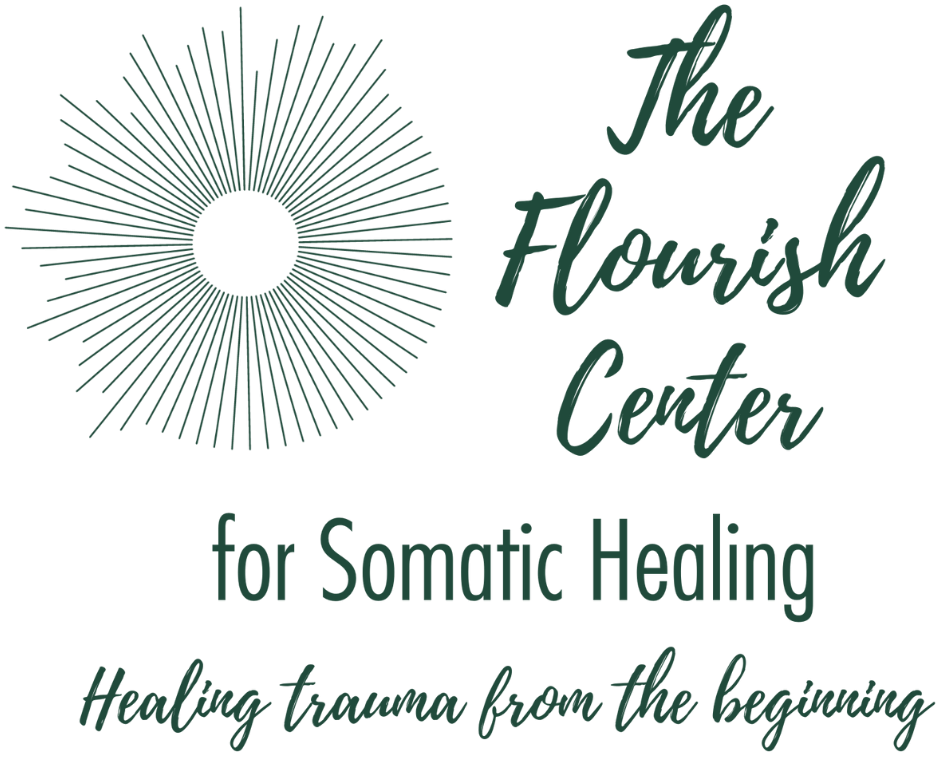Somatic Bodywork: Healing Trauma Through the Body
Somatic bodywork is a therapeutic approach that focuses on the connection between the mind and body, aiming to release tension, stress, and trauma stored within the body. Unlike traditional talk therapies that primarily address mental and emotional aspects of trauma, somatic bodywork directly engages with the physical body to promote healing. Trauma often manifests in the body as chronic tension, pain, or disconnection, and somatic bodywork provides a way to access and release these embodied effects.
In this blog, we’ll explore what somatic bodywork is, how it can help in healing trauma symptoms, and why this holistic approach is particularly effective for trauma recovery.
What is Somatic Bodywork?
Somatic bodywork is a therapeutic practice that involves working with the body to promote healing and self-awareness. The term “somatic” comes from the Greek word soma, meaning “body.” This therapy is based on the understanding that emotional experiences, especially trauma, are not just mental or emotional but also physical, and that the body stores memories of trauma long after the event has passed.
Somatic bodywork includes a range of techniques that combine physical touch, movement, and breathwork to help release stored tension and energy in the body. Common types of somatic bodywork include:
- Somatic Experiencing (SE): Developed by Peter Levine, this method focuses on the body’s ability to heal from trauma by discharging the “stuck” energy of the fight, flight, or freeze response.
- Body-Mind Centering (BMC): A method that explores how the body’s movement patterns, breath, and physical sensations relate to emotional experiences.
- Rolfing: A type of deep tissue bodywork that realigns the body and releases tension patterns related to trauma and stress.
- Craniosacral Therapy: A gentle, hands-on technique that works with the body’s central nervous system to relieve tension and stress, supporting the body’s natural healing processes.
How Trauma Affects the Body
When a person experiences trauma, the body’s natural fight, flight, or freeze response is triggered. However, in many cases, the trauma is not fully processed, leaving the body stuck in a heightened state of alertness or shutdown. This can lead to chronic physical and emotional symptoms, such as:
- Tension and Pain: Trauma survivors often hold tension in their muscles, leading to chronic pain, stiffness, or headaches.
- Hyperarousal: Trauma can cause the nervous system to become hyperactive, leading to a constant state of “fight or flight” with symptoms like anxiety, insomnia, or a racing heart.
- Emotional Numbing: The freeze response to trauma can cause dissociation, a sense of disconnection from one’s body and emotions.
- Digestive and Immune System Issues: Trauma affects the body’s physiological systems, sometimes leading to digestive problems, weakened immunity, or hormonal imbalances.
Since trauma impacts both the mind and body, somatic bodywork aims to address the physical effects of trauma that talking alone may not resolve.
How Somatic Bodywork Helps with Healing Trauma
Somatic bodywork provides a pathway for trauma survivors to reconnect with their bodies in a safe and supportive way. Here are several ways somatic bodywork can help with trauma healing:
1. Releases Stored Tension and Trauma
Trauma is often stored in the body as chronic tension or muscle pain. Somatic bodywork helps to release this tension by using hands-on techniques that work with the body’s tissues, muscles, and fascia. By releasing these physical holding patterns, the body can begin to let go of the trauma and return to a more relaxed and balanced state.
For example, a person who has experienced trauma may unconsciously hold tension in their shoulders or jaw. Somatic bodywork allows the body to release these areas of chronic tightness, which can also lead to emotional release, as the stored trauma is processed.
2. Regulates the Nervous System
One of the core goals of somatic bodywork is to help regulate the autonomic nervous system, which controls the body’s response to stress and trauma. Trauma survivors often experience hyperarousal (being in a constant state of “fight or flight”) or hypoarousal (feeling shut down or disconnected).
Somatic bodywork, especially techniques like Somatic Experiencing and Craniosacral Therapy, help the body move out of these states by gently guiding the nervous system back to balance. This can lead to a reduction in symptoms like anxiety, panic attacks, or emotional numbness.
3. Improves Emotional Awareness and Regulation
Trauma often disconnects individuals from their emotions and physical sensations, making it difficult to process or even identify feelings. Through mindful touch and movement, somatic bodywork helps individuals reconnect with their bodies and emotions in a safe, gradual way.
As individuals become more attuned to their bodily sensations, they can begin to understand how these sensations are linked to their emotions. This increased body awareness fosters emotional regulation, allowing individuals to respond to stress more effectively.
4. Creates a Sense of Safety and Grounding
For trauma survivors, the body can feel like an unsafe or foreign place. Somatic bodywork provides a non-threatening way to rebuild a relationship with the body. Practitioners work slowly and gently, ensuring that individuals feel safe and in control throughout the process.
Grounding exercises, such as focusing on breathing or becoming aware of physical sensations, help individuals feel more present and connected to their bodies. This sense of safety is crucial for trauma recovery, as it helps the individual rebuild trust in their body and its ability to heal.
5. Facilitates Trauma Processing Without Reliving the Event
One of the challenges of trauma therapy is that talking about the traumatic event can sometimes re-trigger the individual, causing them to relive the trauma. Somatic bodywork offers a way to process trauma without needing to recall the details of the traumatic event.
By focusing on bodily sensations and allowing the body to release stored trauma at its own pace, individuals can process trauma in a less overwhelming way. This can be especially helpful for individuals who struggle with dissociation or difficulty accessing memories of the trauma.
Who Can Benefit from Somatic Bodywork?
Somatic bodywork can be beneficial for individuals who have experienced a range of trauma, including:
- Post-Traumatic Stress Disorder (PTSD)
- Complex Trauma (such as childhood trauma or chronic abuse)
- Developmental Trauma
- Emotional, Physical, or Sexual Abuse
- Trauma from accidents, surgeries, or medical interventions
It can also be helpful for individuals experiencing chronic pain, anxiety, or disconnection from their bodies.
Conclusion
Somatic bodywork offers a holistic and body-centered approach to healing trauma, recognizing that trauma is not only an emotional or mental experience but also deeply rooted in the body. By using gentle touch, movement, and breathwork, somatic bodywork helps individuals release stored tension, regulate their nervous systems, and reconnect with their bodies. This approach can be a powerful tool for resolving trauma symptoms and fostering long-term healing.
If you’re interested in somatic bodywork, it’s important to work with a qualified practitioner who has experience in trauma therapy. With the right support, somatic bodywork can help you move toward greater physical, emotional, and psychological well-being. Book a session with Lakshmi now.

